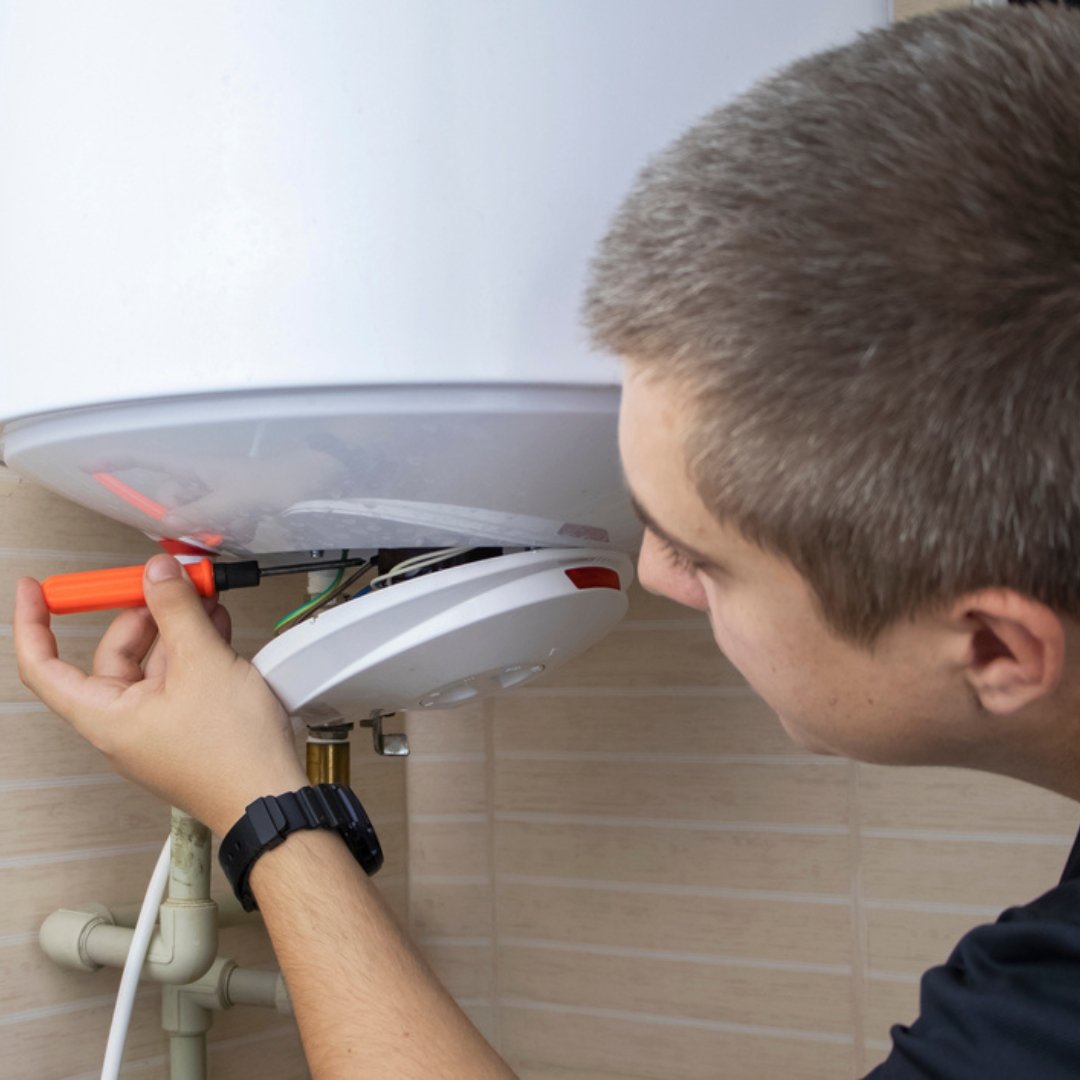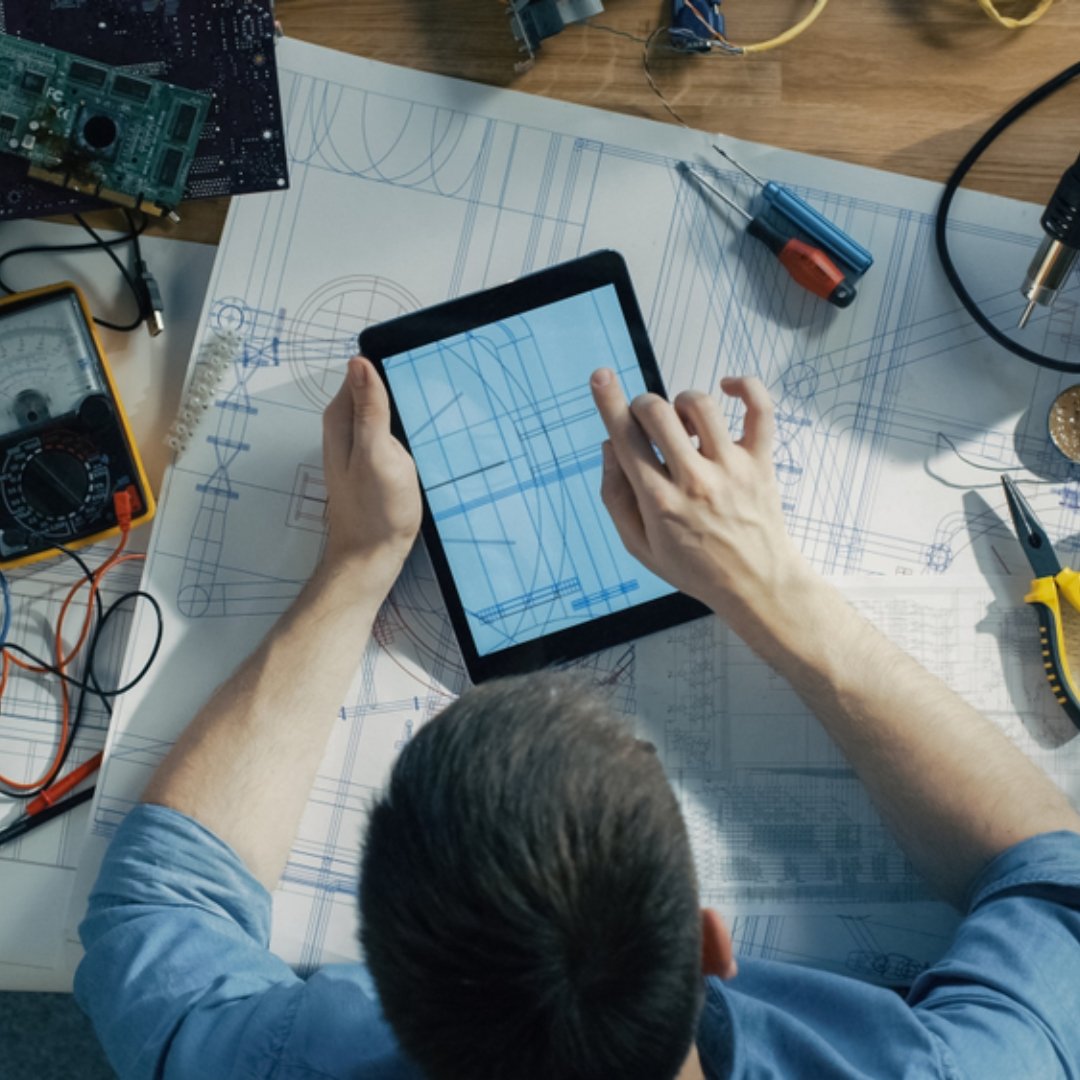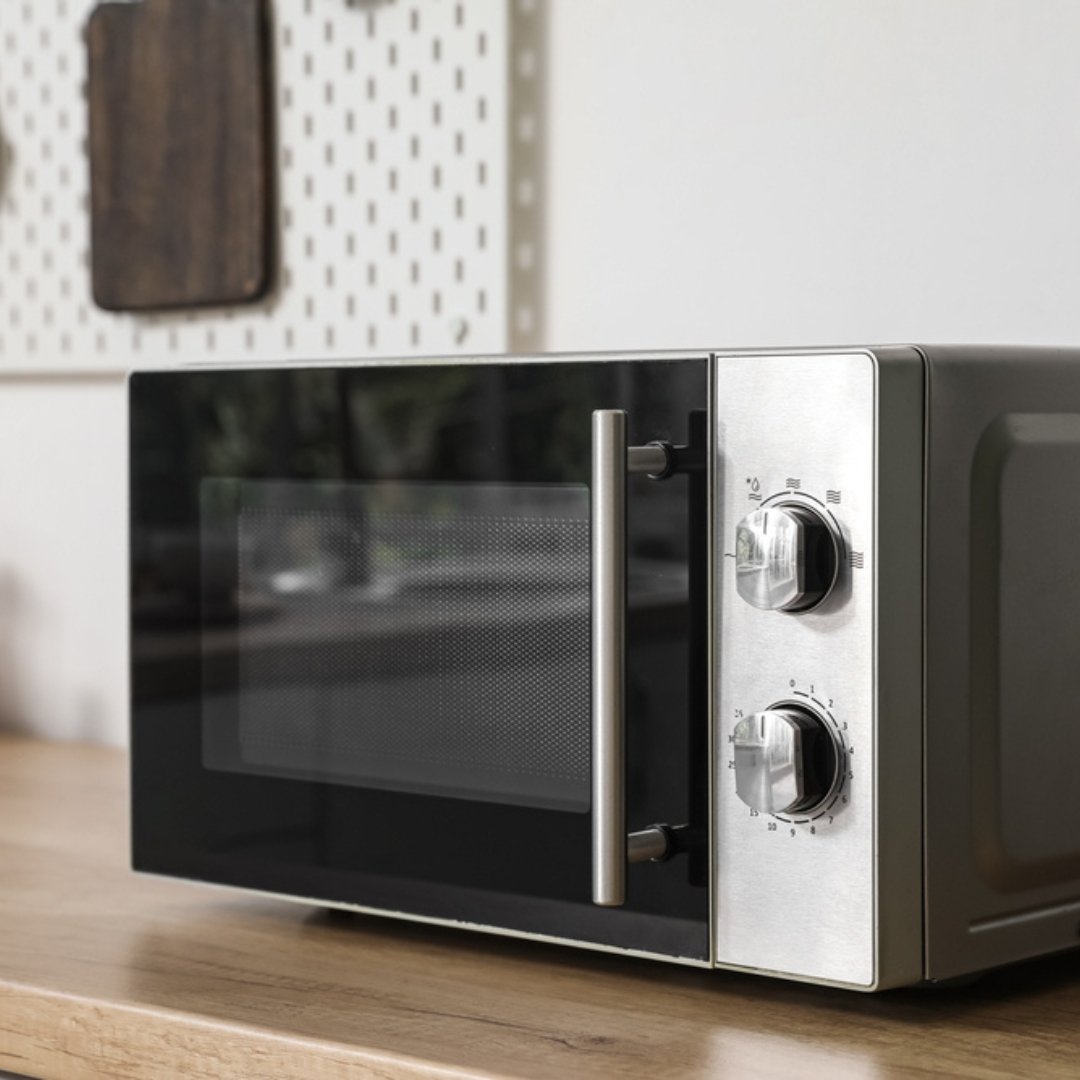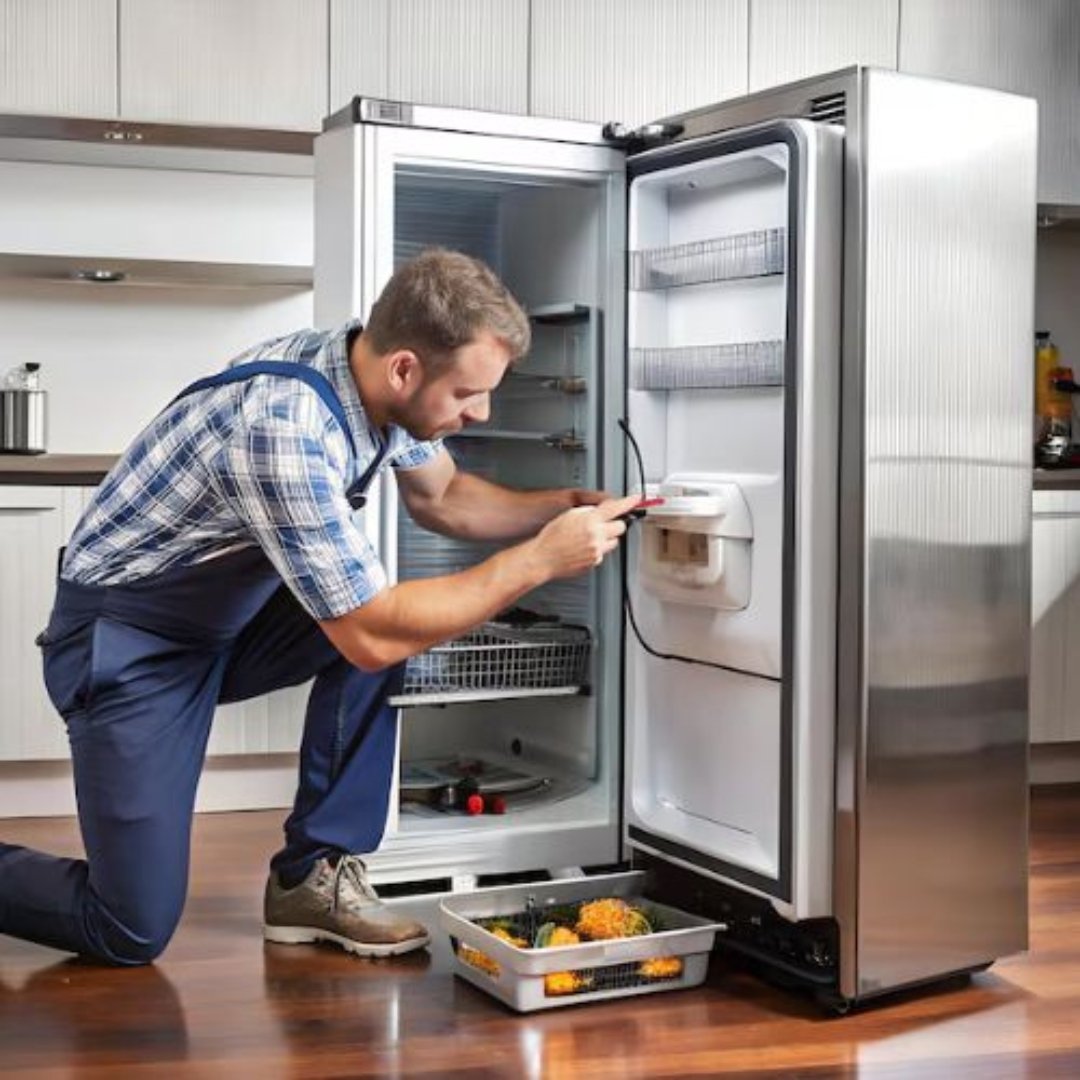Role of Smart Sensors in Preventing Microwave Hazards
Microwave ovens have changed the way we cook, reheat, and even defrost food. They save time, add convenience, and have become an essential part of modern kitchens. However, despite these advantages, microwaves also come with certain risks. If people misuse them or ignore maintenance, they may face hazards like burns, fires, or radiation exposure.
Fortunately, smart sensors now provide a strong safety shield. By monitoring conditions in real time, they stop accidents before they escalate. Let’s explore the common risks of microwave usage, see how sensors tackle them, and understand what the future holds for safer kitchens. To Know More Click Here

Common Hazards of Microwave Usage
To appreciate how smart sensors improve safety, we first need to look at the risks:
- Radiation Leakage – When a door or seal breaks, microwave radiation can escape and harm human tissues over prolonged exposure.
- Overheating and Fires – Leaving food or utensils for too long can cause them to overheat, leading to burns or fire.
- Arcing Hazards – Metallic utensils create sparks that may damage the oven or ignite flammable items.
- Steam Burns – Superheated liquids or sealed containers may release scalding steam suddenly.
- Electrical Faults – Faulty wiring or damaged parts can trigger shocks and short circuits.
Clearly, the dangers are real. This is where smart sensor technology steps in as a game-changer. To Know More Click Here
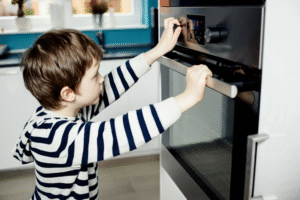
How Smart Sensors Improve Microwave Safety
Smart sensors act like the nervous system of a modern microwave. They constantly scan conditions and respond immediately when something goes wrong. Unlike older designs, they don’t wait for a failure—they predict and prevent it.
1. Radiation Leakage Sensors
Instead of letting radiation seep out unnoticed, these sensors detect leaks right away. If levels cross safety limits, the system instantly shuts down and alerts the user.
2. Temperature and Heat Sensors
By tracking food and oven temperatures, these sensors stop cooking when things get too hot. As a result, they prevent fires, reduce energy waste, and deliver evenly cooked food.
3. Smoke and Gas Sensors
When food starts burning, these detectors sense smoke or harmful gases. Immediately, they cut power and warn the user, reducing fire hazards.
4. Door Seal Integrity Sensors
Rather than allowing unsafe operation, door sensors check alignment and sealing. If the door isn’t shut properly, the microwave refuses to start.
5. Moisture and Humidity Sensors
These sensors read the steam levels inside food. Consequently, they prevent steam burns and adjust cooking time for optimal results.
6. Proximity and Motion Sensors
Advanced microwaves even use motion sensors. If children or pets move close while the oven runs, the system can pause or lower power automatically.
7. Connectivity and Remote Alerts
With IoT integration, sensors connect to smartphones. Users receive instant alerts about overheating, leaks, or faults—even when away from the kitchen.

Key Benefits of Sensor-Enabled Microwaves
Smart sensors don’t just stop hazards; they create a smarter cooking experience:
- Better Safety – They eliminate risks from radiation, burns, and fires.
- More Efficiency – By avoiding overcooking, they save power and reduce food waste.
- Greater Convenience – Users don’t need to constantly monitor food. The oven does the work.
- Longer Appliance Life – Sensors prevent damage, keeping the microwave working for years.
- Peace of Mind – Families feel safer knowing their appliance actively protects them.
Real-World Applications
Smart sensor technology already makes a difference in various settings:
- Homes – Families with children or elderly members benefit from automatic shut-off and remote alerts.
- Offices – Shared microwaves often get neglected, but sensors reduce fire hazards from careless use.
- Restaurants and Cafés – High-usage environments gain consistency, safety, and reduced downtime.
- Hospitals – Healthcare kitchens demand reliability, and smart sensors deliver maximum assurance.
Future of Microwave Safety
Looking ahead, microwaves will only become smarter. Thanks to AI and IoT, the next generation of ovens will not just react—they will predict and prevent hazards. For example:
- AI could analyze cooking habits and prevent common mistakes.
- Microwaves could link to fire alarms for instant emergency response.
- Self-diagnosis systems could warn users when a part needs repair.
- IoT could automatically cut electricity if the oven overheats.
In short, the future promises intelligent, self-protecting appliances that make kitchens safer and smarter. To Know More Click Here

Conclusion
Microwave ovens bring speed and convenience, but safety should never take a back seat. Smart sensors bridge that gap by detecting leaks, monitoring heat, checking seals, and alerting users instantly. With their help, microwaves evolve from simple cooking devices into intelligent guardians of kitchen safety.
As technology advances, these innovations will not only keep us safe but also make everyday cooking more efficient, reliable, and worry-free.
SafeTag – Your Safety Partner in New Zealand
Ensure workplace safety and compliance with SafeTag’s professional testing services. We offer certified solutions for Electrical Testing & Tagging, RCD Testing, Microwave Leakage Testing, and Portable Appliance Testing (PAT). Trust our experts for hassle-free, on-site service tailored to your business needs.

